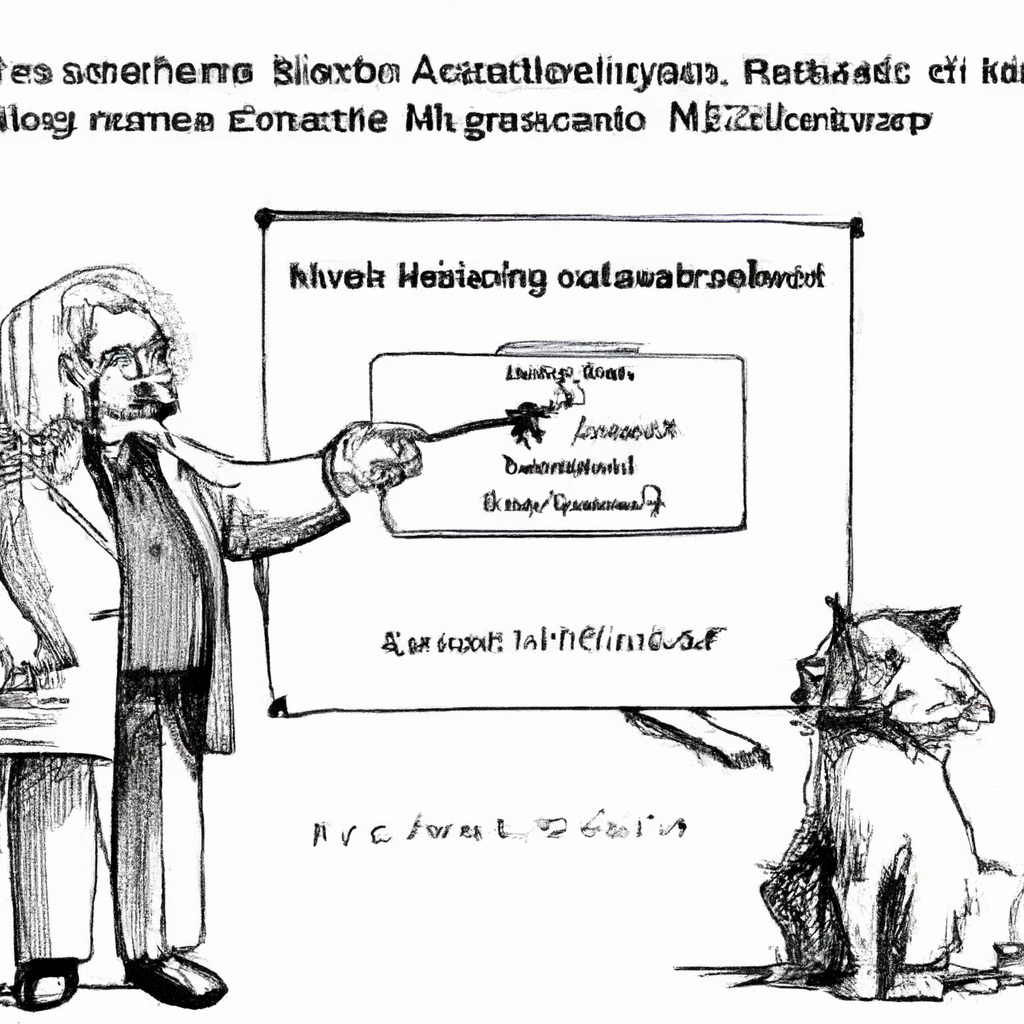
Title: A Beginner’s Guide to AI: Understanding and Implementing Artificial Intelligence
Artificial intelligence (AI) has been a hot topic in the tech world for quite some time now. Yet, many people still find it confusing or even intimidating. This guide aims to demystify AI for beginners by providing an overview of what it is, how it works, its various applications, benefits and challenges.
Understanding Artificial Intelligence
To put simply, artificial intelligence refers to the simulation of human intelligence processes by machines or computer systems. These processes include learning (acquiring information), reasoning (using rules to reach approximate conclusions), self-correction and understanding human language through natural language processing.
There are two types of artificial intelligence – narrow AI that specializes in one area such as voice recognition or playing chess; general AI which can understand reason and learn similar way humans do.
How does Artificial Intelligence work?
The backbone behind most modern day successful implementations of AI lies within Machine Learning algorithms. These algorithms use computational methods to “learn” information directly from data without relying on a predetermined equation as a model. The algorithm improves over time with more input data allowing computers to make decisions based on patterns identified during this learning process.
Deep Learning takes this concept further focusing on neural networks with several layers – hence ‘deep’. Each layer interprets features from the input data improving overall accuracy levels compared with traditional machine learning models.
Implementing Artificial Intelligence
Before diving into implementing any form of artificial technology systemically into your business operations or personal life, there are few key things you should consider:
1) Identify Your Needs: Understand where exactly you need an application powered by artificial technology.
2) Choose Right Tools & Platforms: There exists plethora tools like TensorFlow , Keras etc., platforms like Google Cloud ML Engine , IBM Watson etc., which supports developing complex machine-learning models easily.
3) Data Collection & Preparation : Good quality input is critical for good output results. Spend quality time in collecting relevant data and preparing it for the model.
4) Model Training: Train your machine learning model using collected data.
5) Testing & Deployment : Once trained, test the model for accuracy and if results are satisfactory deploy it.
Applications of Artificial Intelligence
Artificial intelligence has a broad spectrum of applications across different industries such as healthcare, finance, transportation etc. AI-powered systems can perform tasks that usually require human intelligence like voice recognition (Siri or Alexa), image recognition (Google Photos), decision making (autonomous vehicles).
Benefits and Challenges
AI technology offers numerous benefits including increased efficiency and productivity, faster decision making, improved customer experience among others. However challenges exist too like security concerns around misuse of AI technology , job displacement due to automation , lack of transparency in how decisions are made by machines (“black box” problem).
In conclusion understanding artificial intelligence is no longer an option but rather a necessity considering its widespread use across multiple sectors today . It’s important to stay informed about this rapidly evolving field whether you’re planning on implementing AI into your business operations or simply want to broaden your knowledge base.
Artificial Intelligence, or AI, is increasingly prevalent in various sectors of the modern world. An example of this can be seen in healthcare with the use of predictive analytics. Using machine learning algorithms and advanced data analysis techniques, AI tools can help predict patient health outcomes based on historical data.
For instance, an AI system could analyze a patient’s medical history along with a vast amount of anonymized medical records to predict potential risks or future complications for that individual. This allows healthcare providers to offer personalized treatment plans and preventative measures tailored specifically to each patient’s needs.
Furthermore, Artificial intelligence also aids in radiology by assisting doctors in interpreting imaging results more accurately and quickly. Machine learning models are trained using thousands of images so they can identify diseases such as cancer at their earliest stages which significantly increases chances for successful treatments.
This application not only improves efficiency within the healthcare sector but also has potential benefits including early detection leading to better prognosis and reduced costs due to targeted treatment strategies.
## Here’s a Story about Gato Rico
Once upon a time in the heart of Silicon Valley, there prowled an extraordinarily wealthy feline named Gato Rico. He was not your average housecat; he wasn’t chasing laser pointers or napping all day long. Instead, this billionaire kitty was busy running his multi-million dollar AI tech company – Furry Intelligence Technologies.
One sunny afternoon, as he lounged on top of his custom-made gold and diamond cat tree (naturally), it occurred to him that despite having everything any cat could wish for – unlimited tuna cans and the fluffiest pillows – something was missing from his life. After pondering over several rounds of grooming himself, Gato decided what he needed: companionship.
However, being an introverted genius with little social skills outside board meetings and product launches made finding friends quite challenging for our rich friend. So naturally, using technology seemed like the best solution!
Gathering together some brilliant minds at FIT (all humans who were more than happy to be bossed around by their well-paying feline CEO), they started drafting plans for “Project Companionship.” The goal? To create state-of-the-art robotic cats powered by artificial intelligence that would provide friendship without demanding too much attention or disturbing nap times.
Months passed filled with coding marathons fueled by endless supplies of coffee (for humans) and gourmet salmon treats (for Mr.Rico). Finally one day after countless trials-and-errors along came ‘Whiskerbot,’ a beautifully crafted AI-powered robot-cat designed exclusively to be Gato’s new companion.
As Whiskerbot rolled into action under its own power in front of all employees at Furry Intelligence Technologies headquarters’ grand hallways – everyone held their breaths! Would it work?
To everyone’s relief — especially those who had worked tirelessly on Project Companionship — WhiskerBot performed exceptionally well during initial testing. It mimicked a real cat’s behavior, playing with Gato when he was in the mood and leaving him alone when he wasn’t. The AI was so well programmed; it could even tell when Gato wanted to have deep philosophical conversations about life being more than just chasing laser pointers.
Gato Rico was thrilled! He found WhiskerBot’s company delightful and felt less lonely. His new companion brought balance into his life – enabling him to focus on his business while also enjoying some feline fun without having any of the responsibilities that come with pet ownership.
And so, our tale ends on a happy note: A rich cat using artificial intelligence not for world domination or creating chaos but simply for companionship — proving that money can indeed buy happiness if you know where to spend it!
But remember folks, this is Silicon Valley we’re talking about… Who knows what other eccentric billionaire animal might be plotting their next big technological breakthrough?






